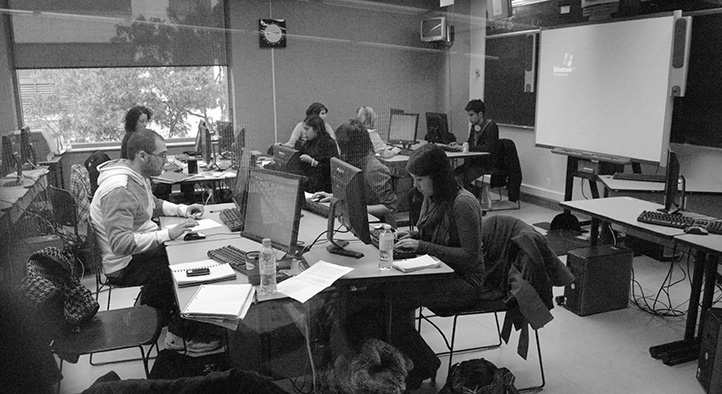Recent graduates of two Canadian journalism schools were surveyed on their attitudes toward what constitutes useful technology in journalism. The results, published in the latest issue of Facts & Frictions, found both those working in journalism and those in communications felt a wide range of innovative technologies were useful and would use them more in their jobs in an ideal world. A narrower range was used in practice.
Journalism respondents favoured use of tools that could be applied to traditional tasks such as finding stories. Those in communications were more likely than journalists to perform tasks such as collecting and organizing data in a spreadsheet, although the basics of data journalism are taught in both programs. The results raise questions about the appropriate mix of technological instruction in journalism curricula.
Read the article here.
Facts and Frictions is published by J-Schools Canada, Canada’s national association for post-secondary journalism research and education. All content is open access and available via J-Source.

